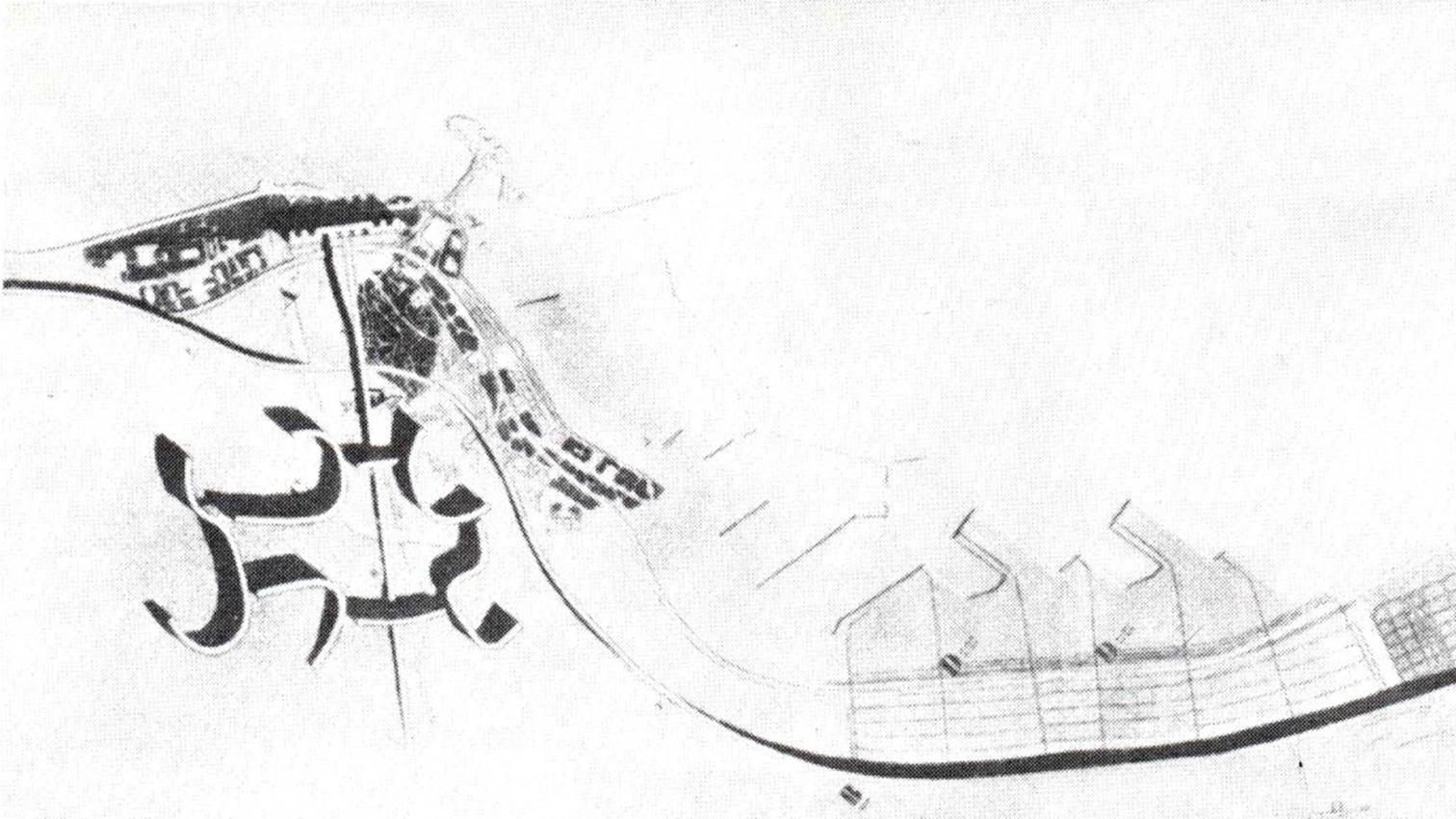The Significance of Le Corbusier

It is not often that a critic or historian comes across such a complex, contradictory and yet self-enclosed progression as that of Le Corbusier. It might appear at first that such a unique oeuvre, one that always stands out in its context and is subject to so many brusque changes, should not form a coherent whole, especially considering the apparently enormous distance that separates the various phases of his production. Alan Colquhoun establishes the bases by which Le Corbusier’s late works can be forecast in the young Jeanneret and in the intermediate years. The progression lies both in the very internal mechanisms of his creativity and in the historical time in which Le Corbusier’s work developed.
The theory of architecture put forward in Le Corbusier’s articles in L'Esprit Nourean in the early 1920s was, in fact, an attempt to fuse two contradictory points of view —one stemming from the tradition of seventeenth-century classical thought, and the other from German idealist historicism. According to the first, architectural value rests on eternal principles and natural law, and the various technical modifications to which it is historically subject are seen as irrelevant to its essence. According to the second, architectural value is relative to its positions in history, and does not depend on any principles which can be established a priori. In this case technology must appear as one of the essential parts of architecture, since no architectural value can be established independently of its empirical application at a particular time and place. Whereas the first qualifies the value of the exemplum with a belief in the universal power of reason, the second discards the exemplum and replaces it with immanent values that emerge from the historical reality in which they are embedded...[+]





